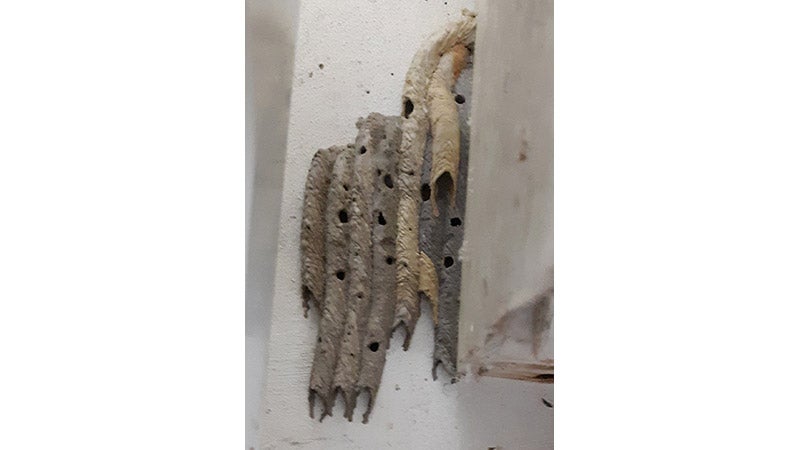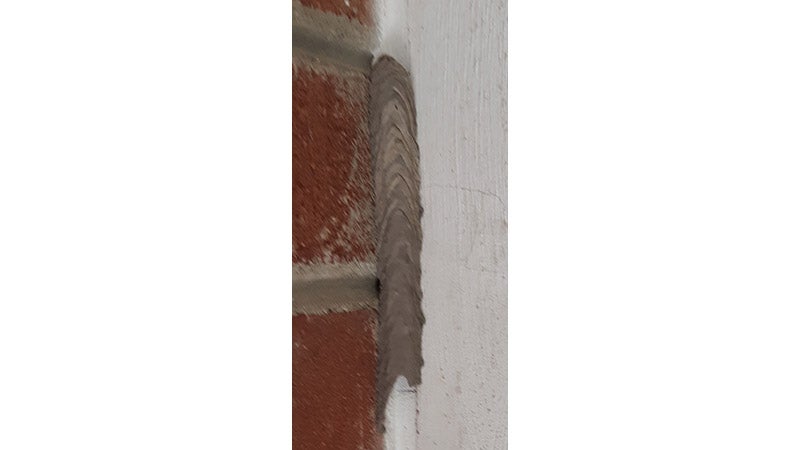Dirt Dauber pipes
Published 3:41 pm Tuesday, December 7, 2021
|
Getting your Trinity Audio player ready...
|
BY MARY CATHERINE FOSTER
Virginia Master Naturalist
Once the calendar indicates it is officially fall, I am reminded to give my attached garage a “deep” cleaning. Since the garage door stays up all day during the warm months to allow for easy access to lawn/garden tools, the area gets a bit messy. A sturdy straw broom works well for the removal of cobwebs, dirt and yard debris, but is no match for the structures built by the dirt/mud daubers who found protected sites on several vertical surfaces in the garage. Removal of a dirt dauber nest requires a scraper.
Although the term dauber is sometimes used to describe a reckless painter, a dirt dauber is anything but a reckless builder. The dirt daubers in my garage are the metallic blue variety (Trypoxylon politum) which build mud tubes that resemble organ pipes. Daubers are often seen around puddles where they collect mud for construction of their nests. Some of the structures in my garage have multiple tubes. The tubes are generally about 6 inches long, a half inch wide with five or six pipes constructed in a cluster. Each tube contains multiple cells. Once a 1 inch cell is completed by the female, she stuffs the cell with insects and spiders paralyzed by her venom which also acts as a preservative. An egg is laid, the cell sealed and the process repeated five or more times. When the egg hatches, it eats the prey stored in the cell. After weeks of growth, the larvae spins a paper-like cocoon where it goes through a complete transformation to emerge as an adult. When exiting the case the dauber chews out through the mud cell wall.
Dirt/mud daubers are often considered to be a nuisance because of their unsightly nests; however, they are beneficial insects. Daubers control insect populations, particularly spiders. One of their favorites is the black widow spider which is poisonous to humans. Also, they are pollinators. As they feed on plant nectar, daubers act as pollinators for several common flowers. Daubers are solitary wasps and not as aggressive toward humans as other categories of wasps; but, they will sting if provoked.
Even if the dauber nest is not aesthetically pleasing, it is an interesting structure. Before using the scraper, I check to see if there are exit holes. The structures with no exit holes are spared. The daubers may be waiting until spring to emerge. I’ll wait and see.






